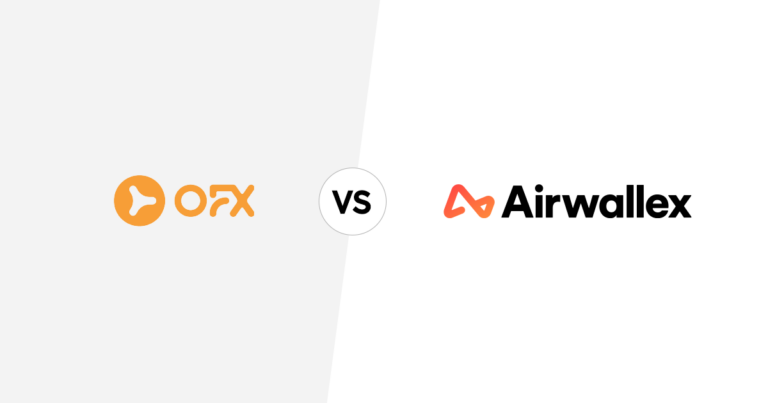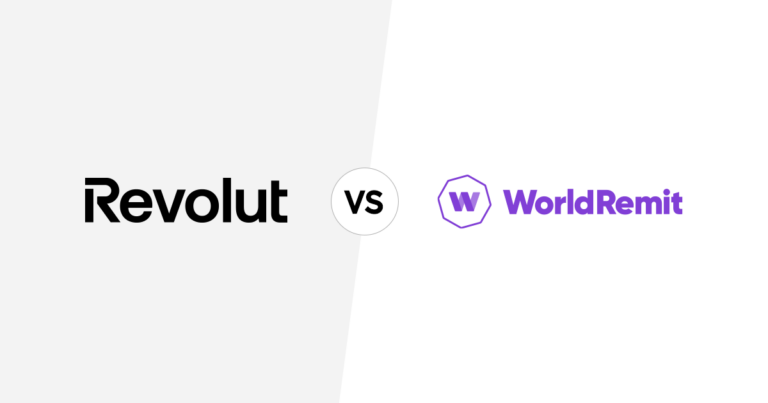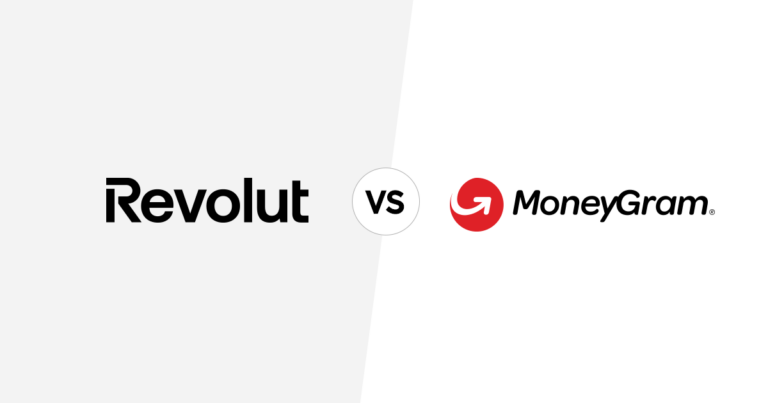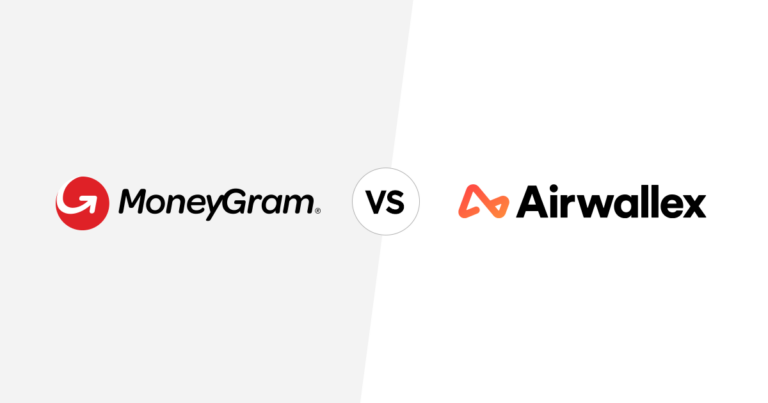Ultimate guide to US visa requirements for expats
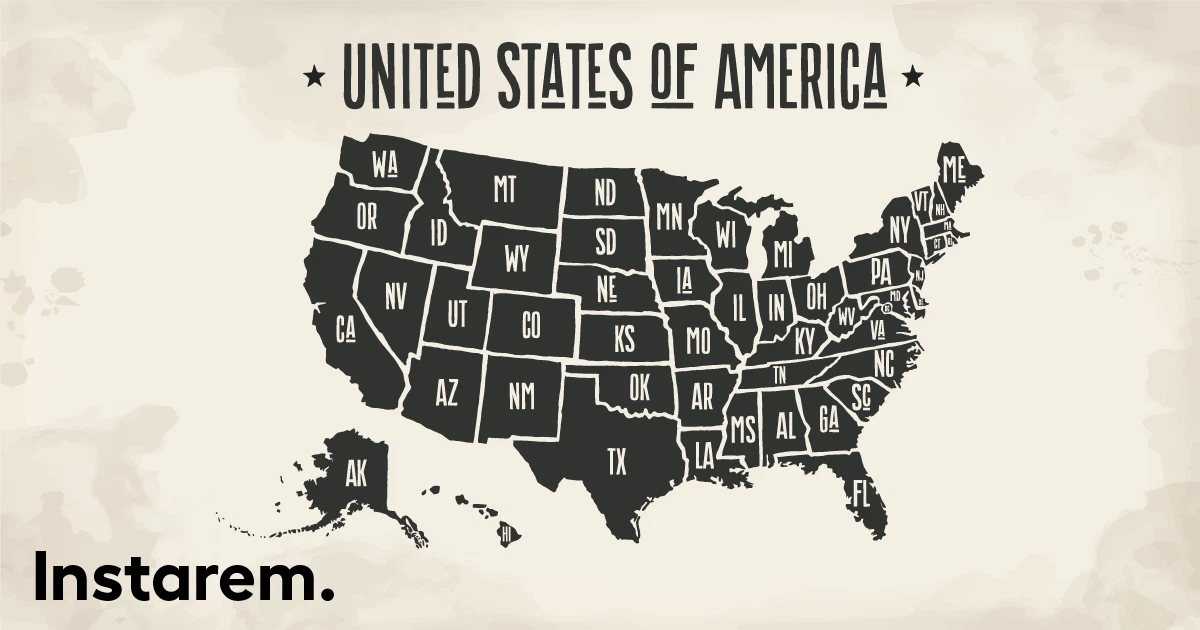
This article covers:
Moving to the United States can be an exciting and life-changing experience for many expats. However, before relocating, one of the most crucial steps is to obtain the proper visa. Depending on the reason for your move, there are various types of visas available for individuals wishing to live and work in the United States. Understanding the visa application process, requirements, and eligibility criteria is essential to increase the chances of a successful application.
Types of visa
There are several types of visas available for expats who wish to relocate to the United States, including immigrant and non-immigrant visas.
Immigrant visas are typically issued to individuals who intend to live and work permanently in the United States, while non-immigrant visas are for individuals who plan to stay temporarily for specific purposes, such as studying, tourism, or work. The visa application process can be lengthy and complicated, with strict eligibility criteria and documentation requirements that must be met to ensure a successful application. It’s essential to understand the type of visa you need and the specific requirements for that visa to prepare adequately for the application process.
Non-Immigrant
Non-immigrant visas are temporary visas for individuals who wish to enter the United States for a specific purpose and for a limited time. These visas are typically issued for business, tourism, study, or temporary work purposes. The most common types of non-immigrant visas in the United States include:
Work Visa
There are several types of visas available under the work visa category:
D Visa (Combined Transit and Crewman)
For crew members of international flights or ships.
E-1/E-2 Visa (Treaty Trader/Treaty Investor)
For managers/executives/specialists/supervisors of companies driving trade to the U.S and for managers/executives/specialists/supervisors of companies investing in the U.S.
H-1B Visa (Specialty Occupation Workers)
For highly qualified professionals and people with an academic degree.
I Visa (Foreign News Media)
For journalists and media representatives.
L – Intra Company Transferee Visa
For the internal transfer of employees with a simplified application process.
O-1 Visa (Extraordinary Ability)
The O-1 visa is for individuals who possess extraordinary ability in the arts, sciences, education, business, or athletics.
TN/TD Visa
The TN visa is for citizens of Canada or Mexico who will be working in a professional occupation in the United States under the North American Free Trade Agreement (NAFTA).
B-1/B-2 Visitor Visa
B-1 Visa
For individuals travelling to the U.S. for business purposes.
B-2 Visa
For individuals travelling for tourism or other non-business purposes. These visas are typically valid for up to six months but can be extended in some cases.
Student & Internship Visa
F-1 Visa
The F-1 visa is for individuals who wish to study at a college or university in the United States. To obtain an F-1 visa, an individual must be accepted to a U.S. institution and must demonstrate that they have sufficient funds to cover their education and living expenses while in the United States.
J-1 Exchange Visitor Visa
The J-1 visa is for individuals participating in a cultural exchange program, such as a work and travel program or a research program. To obtain a J-1 visa, an individual must be accepted into an approved exchange program and must demonstrate that they have sufficient funds to cover their expenses while in the United States.
M-1 Visa (Non-academic & Vocational)
M-1 visa holders for technical and vocational programs are not permitted to work during the course of their studies. The M-1 student visa applicants must have evidence that sufficient funds are immediately available to pay all tuition and living costs for the entire period of their intended stay.
Immigrant Visa (Green Card)
Green Card, officially known as the United States Permanent Resident Card, is a document that allows individuals to reside and work in the United States permanently. This document is highly sought-after by many immigrants as it provides them with the opportunity to live and work in the US, with most of the same rights and privileges as US citizens, including the ability to sponsor relatives for immigration to the US.
Family-based green card
This type of green card is available to immediate family members of U.S. citizens, including spouses, unmarried children under the age of 21, and parents of U.S. citizens who are over the age of 21. There are also family-based green cards available for siblings of U.S. citizens and unmarried children over the age of 21.
Employment-based green card (EB-, EB-2 EB-3, EB-4 & EB-5)
This type of green card is available to foreign nationals who have a job offer from a U.S. employer or who are highly skilled workers, such as researchers, scientists, and executives. There are several categories of employment-based green cards, including EB-1 for priority workers, EB-2 for professionals with advanced degrees, and EB-3 for skilled workers.
Diversity visa program
Also known as the green card lottery, this program provides a limited number of green cards to individuals from countries with historically low rates of immigration to the United States.
Refugee or asylum status
Individuals who have been granted refugee or asylum status in the United States may also be eligible for a green card after one year of residency.
Other special categories
There are several other categories of green card visas available, including those for victims of human trafficking and crimes, as well as for individuals who have been granted Special Immigrant Juvenile Status.
It’s important to note that each type of green card visa has its own specific requirements and eligibility criteria. Applicants should thoroughly research each option and seek the advice of an immigration attorney to determine the best path for their circumstances.
How to apply for a visa in the United States of America?
The process of obtaining a visa to live and work in the US can be complex and time-consuming. There are several types of visas available depending on your purpose of travel and duration of stay, and each requires a different set of documents and procedures to follow.
Whether you are planning to work, study, or simply visit the US, it is important to understand the step-by-step process of applying for a visa to ensure a smooth and successful application.
In this research, we will provide a detailed guide on how to apply for a visa in the United States, including the types of visas available, the required documents, and the application process.
Step 1: Determine the type of visa you need
Determine which type of visa you need for your purpose of travel to the United States. The visa categories include nonimmigrant and immigrant visas. Nonimmigrant visas are for temporary visits such as tourism, business, education, and work. Immigrant visas are for permanent residence.
Step 2: Complete the online visa application
You will need to complete the online visa application (Form DS-160) on the U.S. Department of State website. The application will ask for personal information, travel details, and other relevant information.
Step 3: Pay the visa application fee
The visa application fee varies depending on the type of visa you are applying for. You can pay the fee online or at a designated payment centre.
Step 4: Schedule an interview appointment
Once you have paid the visa application fee, you will need to schedule an appointment at the U.S. Embassy or Consulate in your home country. The wait time for an appointment can vary, so it’s best to schedule your appointment as soon as possible.
Step 5: Attend the visa interview
On the day of your visa interview, you will need to bring all relevant documents, including your passport, visa application confirmation page, and any supporting documentation. The visa officer will ask you questions about your travel plans and other relevant information.
Step 6: Wait for visa processing
After your visa interview, the processing time for your visa will vary depending on the type of visa you applied for. You can check the status of your visa application online.
Step 7: Collect your visa
Once your visa has been approved, you can collect your passport with the visa stamp at the U.S. Embassy or Consulate or have it delivered to you via a designated courier service.
It’s important to note that the visa application process can vary depending on your specific circumstances, and there may be additional steps or requirements depending on the type of visa you are applying for. It’s best to consult with the U.S. Embassy or Consulate in your home country for more information.
Moving to the US as an expat can be a challenging but rewarding experience. Understanding the visa requirements is an essential step in the process. By following the guidelines outlined in this article, expats can make the visa application process smoother and more successful.
Do not let distance stop you from sending money to support your loved ones
However, understanding how to apply for and obtain a visa is only the first step. Once you have managed to get a visa and a job, you will need to think about a payment solution. Especially if you need to send money to your family in your home country. The standard and typical remittance service can be quite costly due to currency fluctuations.
Luckily, there is Instarem, an online and digital remittance service provider that offers the best rates for remittance and also secure, and fast transactions. You can be sure that your family will be able to receive the remittance promptly.
*Rates are for display purposes only.
Furthermore, if you own a business in the United States but have remote workers in another country, you can use Instarem global payment solutions for quick and instant payment.
In addition to that, Instarem also provides features such as a one-click for multiple payments, which means you can make payments to multiple recipients in one go.
So, once you have settled in the United States, don’t forget to set up your Instarem account for smoother, faster and more secure global payment transactions.
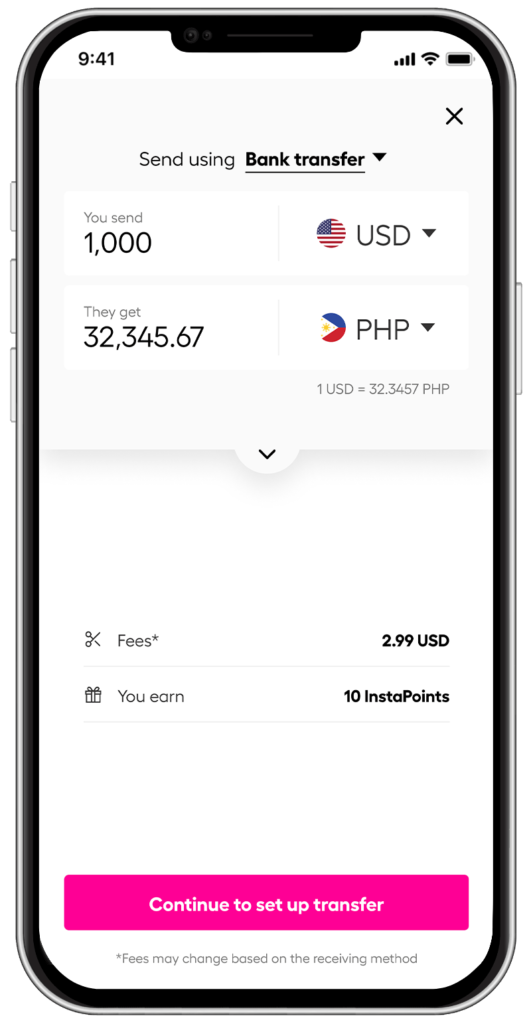
*rates are for display purposes only.
Try Instarem for your next transfer.
Download the app or sign up here.
Disclaimer: This article is intended for informational purposes only. All details are accurate at the time of publishing. Instarem has no affiliation or relationship with products or vendors mentioned.









